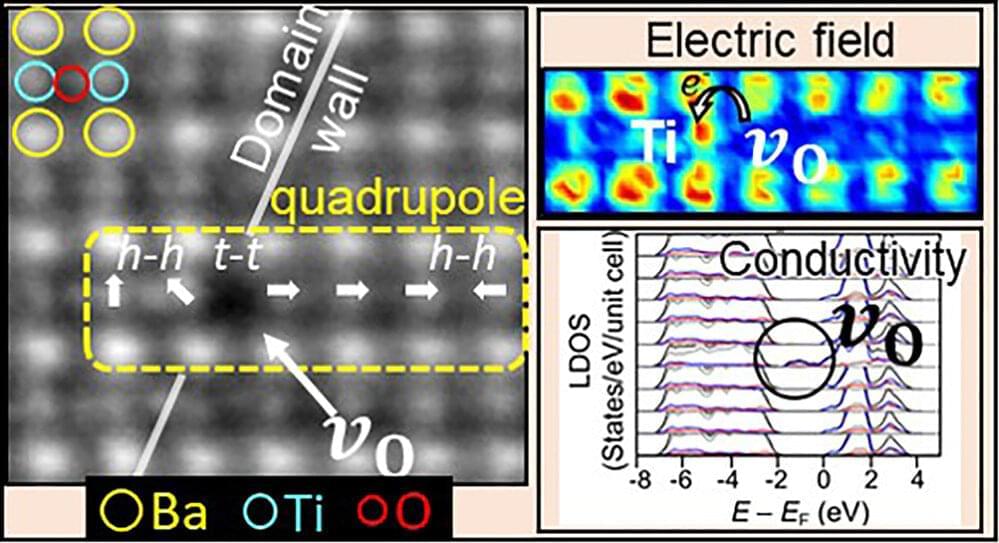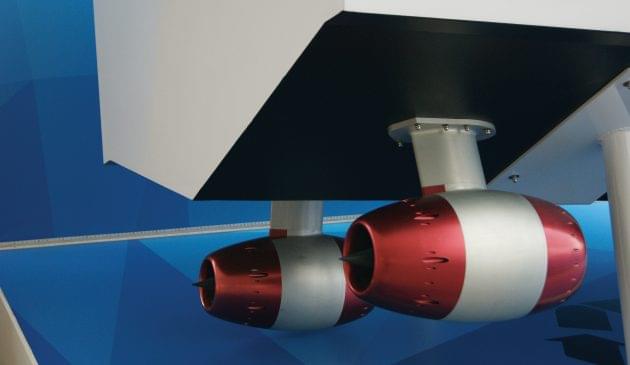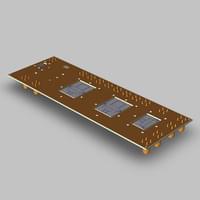Researchers in the Technion Department of Materials Science and Engineering have succeeded in changing a material’s electrical properties by vacating an oxygen atom from the original structure. Possible applications include electronic-device miniaturization and radiation detection.
What do ultrasound imaging of a fetus, cellular mobile communication, micro motors, and low-energy-consumption computer memories have in common? All of these technologies are based on ferroelectric materials, which are characterized by a strong correlation between their atomic structure and the electrical and mechanical properties.
Technion–Israel Institute of Technology researchers have succeeded in changing the properties of ferroelectric materials by vacating a single oxygen atom from the original structure. The breakthrough could pave the way for the development of new technologies. The research was headed by Assistant Professor Yachin Ivry of the Department of Materials Science and Engineering, accompanied by postdoctoral researcher Dr. Hemaprabha Elangovan and Ph.D. student Maya Barzilay, and was published in ACS Nano. It is noted that engineering an individual oxygen vacancy poses a considerable challenge due to the light weight of oxygen atoms.








